MSR’s Complete Guide to the Basics of Water Treatment
What kind of water treatment do I need?
It’s a simple question, but there is no easy answer. Water treatment is far from a black and white subject; differing threats, varying standards and lack of information can make it a challenge to determine which threats you will encounter. To compound the matter, the various water treatment systems available can be difficult to understand; microfilters, chemicals, UV light treatments and purifiers offer different advantages. We developed this series of articles to help you make an informed decision. Each overview links to a deeper story on the subject. The information presented here is founded in peer-reviewed science and communicated by the experts at the Mountain Safety Research water research lab.
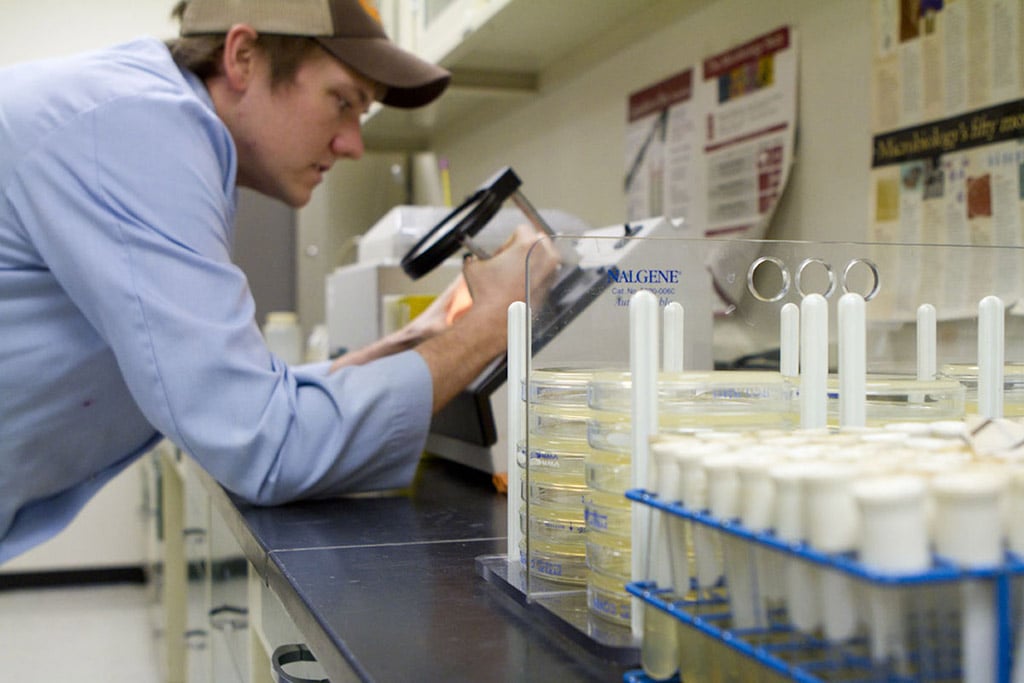
What does MSR know about water treatment?
MSR first approached backcountry water treatment in 1990. The initial effort resulted in the acclaimed WaterWorks line, which was the first backcountry filter to combine carbon and ceramic elements. This filter evolved into the MiniWorks® microfilter, which is one of the best-selling water filters in North America today. The rest of MSR’s water treatment line expanded to become the most reliable and comprehensive collection available.
Today, Mountain Safety Research is home to a dedicated water research lab staffed by five scientists with advanced degrees in chemical engineering, biochemistry, microbiology, environmental science, and cellular and molecular biology. This team develops and tests water treatment solutions for outdoor enthusiasts, emergency workers and the military. The technology developed for these uses is also adapted for use by citizens in developing nations with water treatment challenges.
MSR’s lab team is closely involved with the development and production of our water treatment products. These products are manufactured at MSR’s Seattle factory, which is located on the same campus as the water lab. This close proximity gives the team unparalleled access to the production and manufacturing facilities. In 1998 MSR’s ceramic extrusion technology was recognized as one of the top innovations in ceramics in the last 100 years.
Full Story: Inside MSR’s World-Class Water Research Lab

What’s the difference between “dirty” water and water considered “safe” to drink?
Water is considered “dirty” when it contains one or more of the following contaminants:
- Natural Organic Matter (Humics, Tannins)
- Organic Chemicals
- Sediment
- Microorganisms
- Inorganic Chemicals
Some of these things, like tannins and sediment, are not particularly harmful. Others, such as microorganisms, can present an immediate health risk. Organic and inorganic contaminants, which include things like heavy metals (mercury), pharmaceutical byproducts, and pesticides/herbicides can be harmful with repeated long term exposure. Of these threats, the pathogenic microorganisms are the most likely to cause immediate harm, and are therefore the primary focus of backcountry water treatment.
Water considered safe to drink is usually defined by what it does not contain. For the purposes of backcountry water treatment, clean water is defined as being free of pathogens. The scientific community has agreed on a test procedure called “NSF Protocol P231” (National Sanitation Foundation) to determine how effective a treatment device is at cleaning water. This test offers a good starting point for defining water that’s considered safe to drink.
Water quality is fluid (obviously), so one liter of water from a lake or tap can be clean, while the next can be contaminated. The only way to know water is clean is to treat it.
Full Story: When is Backcountry Water Considered Safe to Drink?
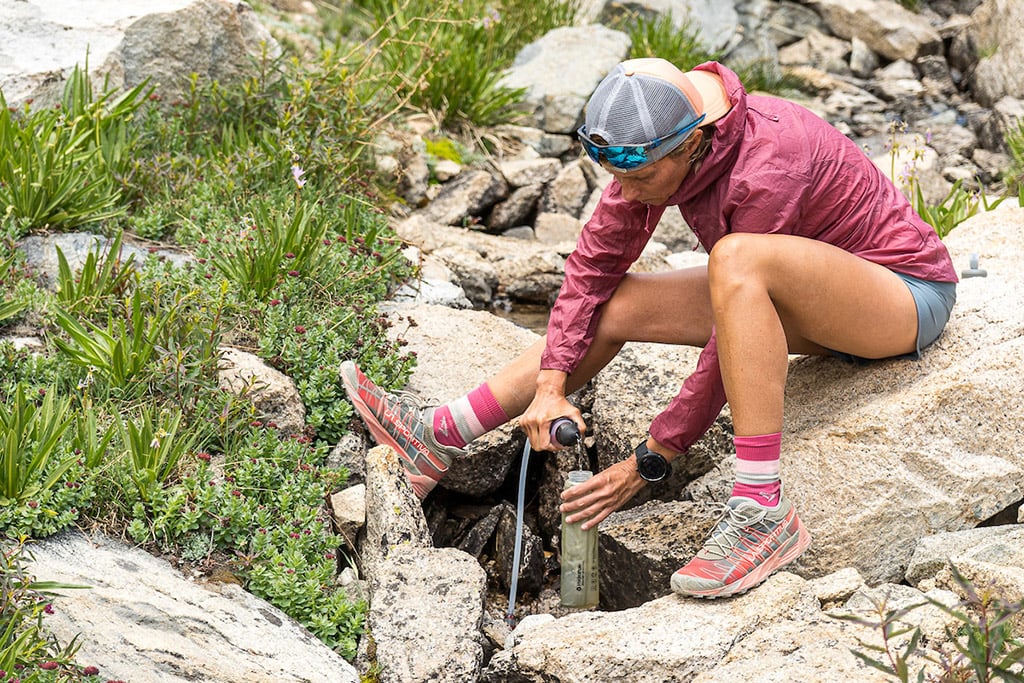
What is the difference between backcountry water and clear water?
Backcountry water is easy to identify: it comes from a river, lake, stream or other undeveloped source and usually contains visible particulates such as silt, sediment, debris, and humic & tannic acids (from decomposing plant material) that can make the water tea-colored.
Clear water is not the same as clean water. Clear water is free of visible particulates, but risks still exist. In most cases it comes from a municipal water supply and is collected from a tap. In some cases, clear water can be found in the backcountry.
When should I treat my water?
It is always worth the effort to treat your water. If you are consuming water from undeveloped or questionable sources you have no way to verify the quality of your water. In some cases you will have every reason to believe water quality is compromised and treatment will be a no-brainer. More often, you will be faced with water that seems clean and treatment will feel like a hassle. Whatever the situation, the inconvenience of treating water is always minor compared to the inconvenience of illness. Treating your water is much like wearing a seatbelt: It’s something you always do to prepare for the unknown and the worst-case scenario.
What are pathogens?
Pathogens are microscopic disease-causing organisms commonly referred to as germs. It is a broad category that includes bacteria, viruses, fungi and parasites. When pathogens enter our water supplies, they can be transported far from their original source.
Which pathogens should I worry about?
There are four types of waterborne pathogens that are of concern: Protozoa, Bacteria, Virus, and Multicellular Parasites.
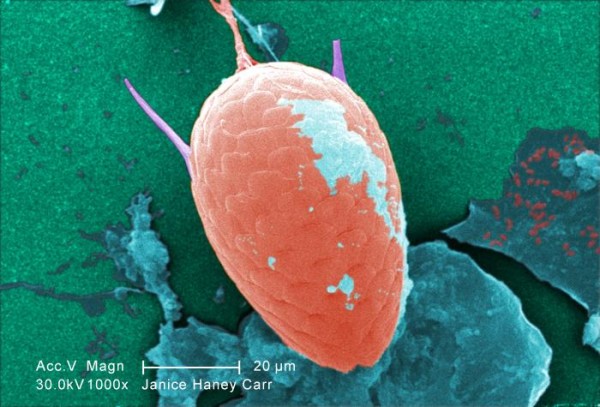
Protozoa
Pathogenic protozoa are single-cell organisms often transferred through human and animal feces. They are found in all types of water sources and can live for months outside a host. Some require a host to reproduce, but most do not. They can be highly resistant to chemicals but are easily filtered due to their large size. They can also be treated with UV light and heat.
Common protozoa to be aware of include: Giardia, some Amoebae and Cryptosporidium
Full Story: Giardia, Cryptosporidium
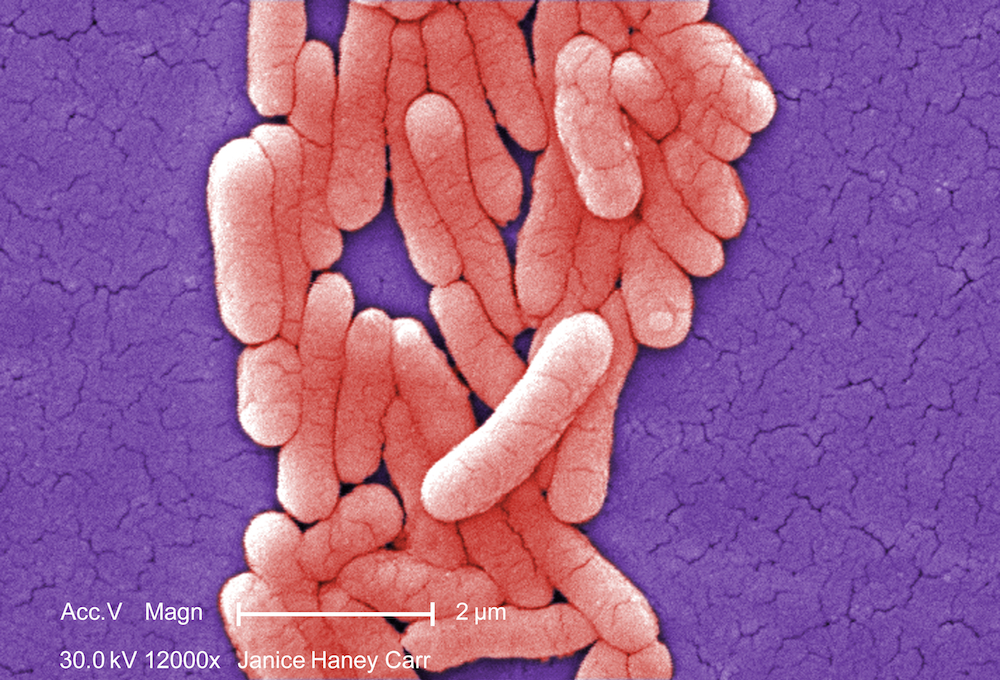
Bacteria
Bacteria are single-cell organisms that can reproduce in water. They are medium in size and can be removed by filters that meet accepted standards for bacterial removal. Bacteria can also be treated with oxidants, UV and heat.
Common bacteria to be aware of include: E. coli, Salmonella and Cholera
Full Story: Bacteria
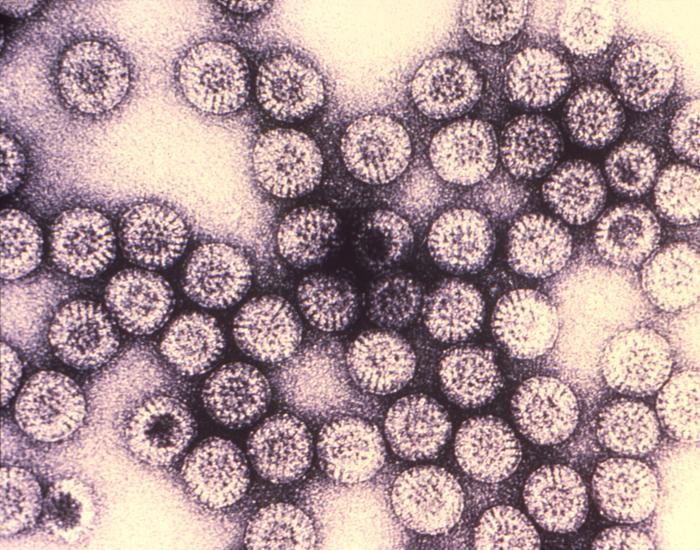
Viruses
Viruses are spread through water but only propagate in living cells, so they need a host to reproduce. They can be difficult to filter due to their small size (though not
impossible). They are sensitive to chemicals, UV treatment and heat.
Common viruses to be aware of include: Hepatitis A, Norwalk and Rotavirus
Full Story: Viruses

Multicellular Parasites
Larger parasites can sometimes be a problem in unfiltered water or developing regions with very poor sanitation. Their large size makes them easy to remove with even the most basic filter and they are highly susceptible to deactivation by boiling. However, they are resistant to UV and chemicals.
Common parasites to be aware of include: Hookworm and Roundworm
Are these microorganisms everywhere?
The pathogenic microorganisms listed above are not present in every questionable water source. Some will typically occur only in certain places and situations, while others are more broadly distributed. It’s important to know where you will be consuming water and what conditions will be present. Most pathogen risk falls under one of three water collection scenarios: backcountry travel, developing world, and emergency scenarios.
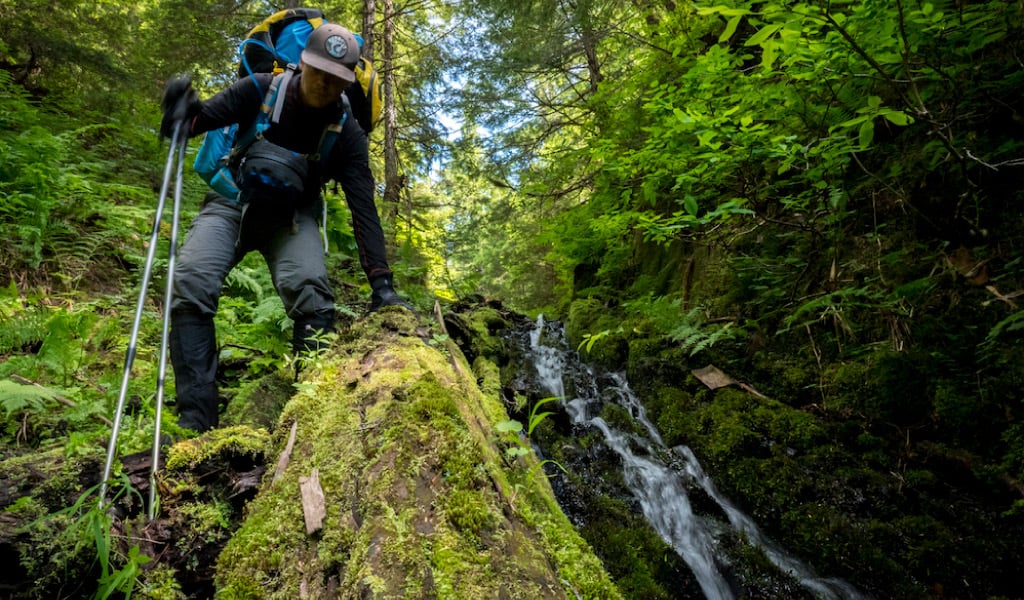
Backcountry Travel
Water is collected from undeveloped sources, usually in landscapes that are rural and relatively pristine. Pathogenic microorganisms typically come from humans and animals, and are usually light in concentration. Bacteria and protozoa are the primary threats. The likelihood of encountering viruses is very low.
Example: Sub alpine lake in Washington State’s Cascade Range
Full Story: Backcountry Water 101: Danger Zones
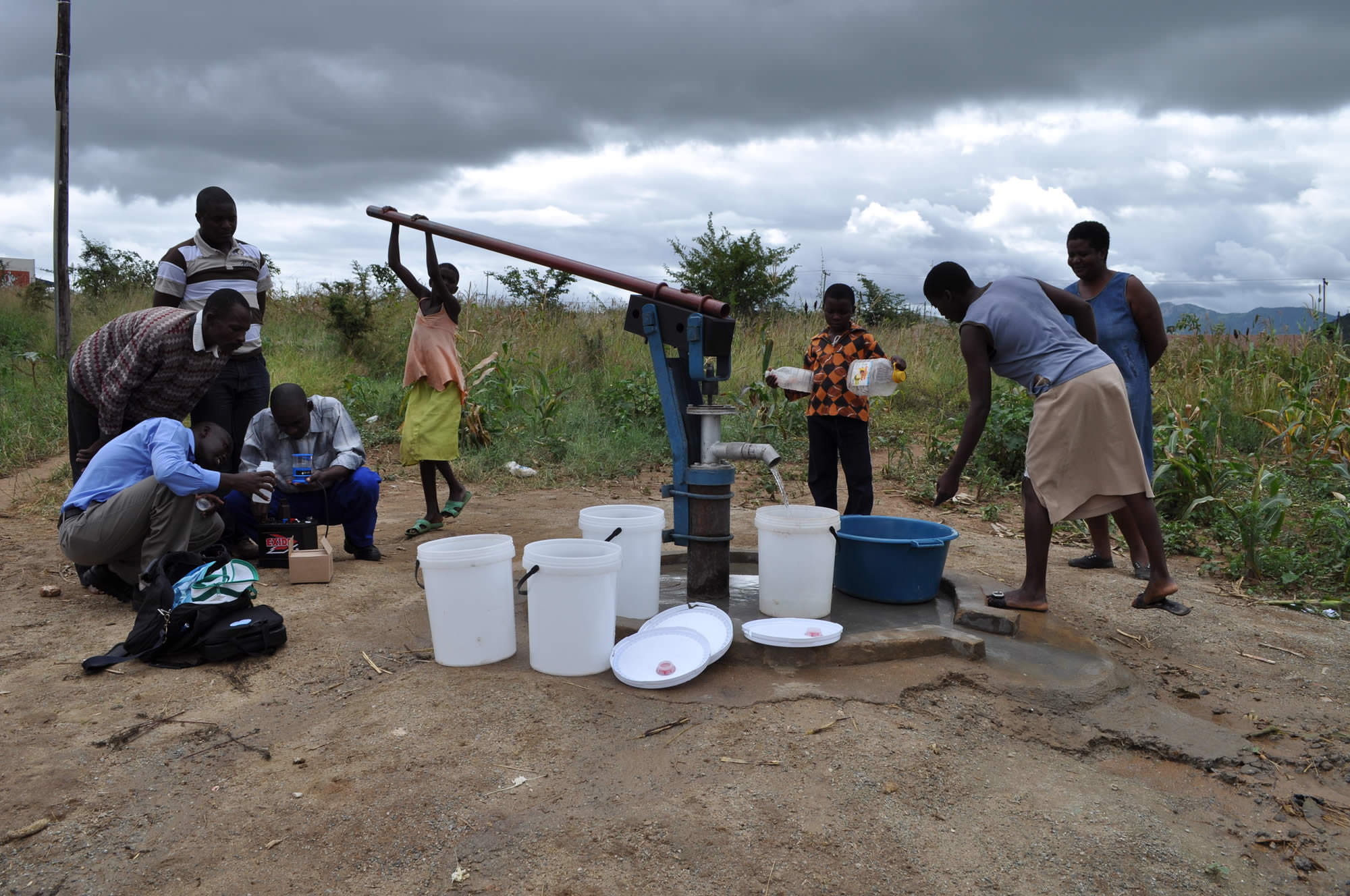
Developing World
Water is collected from developed sources that do not offer adequate treatment, or from areas with low-quality sanitation systems. Pathogens can be highly concentrated and may come from humans, animals, agriculture and industry. Bacteria, protozoa and viruses are all serious concerns and parasites may be present as well.
Example: Tap water collected in Dhaka, Bangladesh
Full Story: Water Treatment Solutions for International Travelers
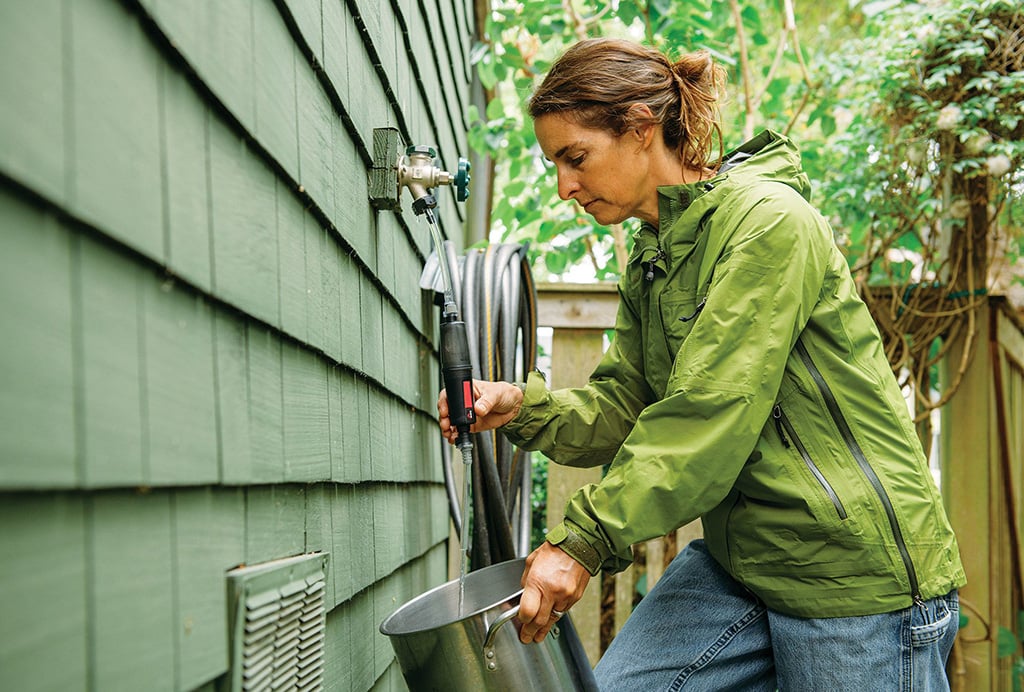
Emergency Scenarios
In this scenario, the home water supply is disrupted and water is collected from undeveloped sources and developed sources that may be compromised. Locations range from wilderness to urban, developed world to developing world. Pathogens can be highly concentrated and may come from humans, animals, agriculture and industry. Bacteria, protozoa and viruses are always a concern in emergency scenarios, and parasites may also be present.
Example: Tap and flood water collected in New Orleans following Hurricane Katrina
Full Story: Water Treatment Preparations for Emergencies
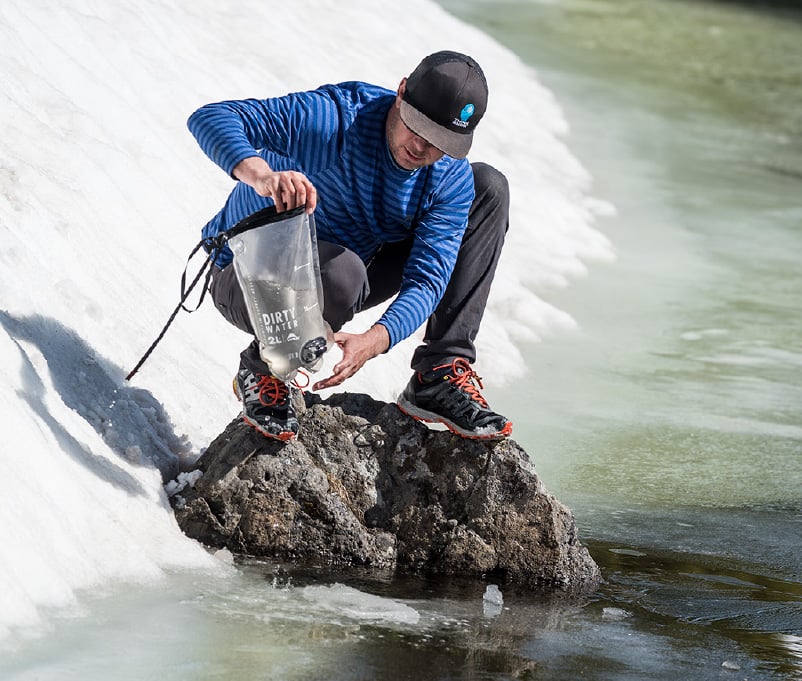
Water Treatment Options
There are many different water treatment options available today. All have their pros and cons, and many are designed for specialized uses. Understanding how they work and what they’re designed to do will help you make the right choice when it comes to selecting the best treatment solution for the scenarios you expect to encounter.
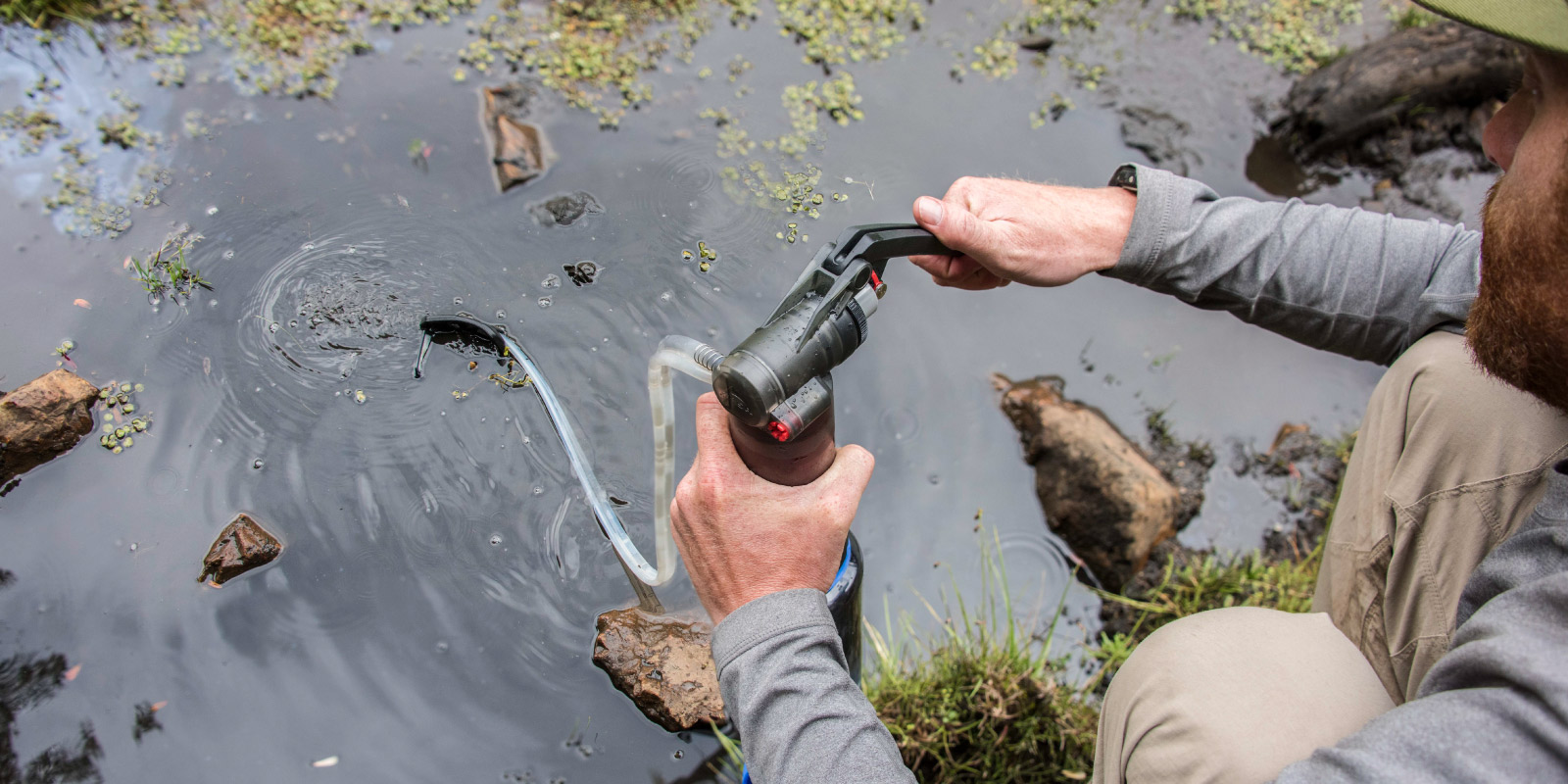
Pump Filtration
This is one of the most common and highly trusted methods of treating water. Water is driven by a hand pump through a matrix that filters out contaminants. The matrix is usually made with ceramics, glass fibers, silica, cellulose or hollow fiber technology. Many units also have a layer of carbon that removes organics.
Most effectively remove: Protozoa, Parasites and Bacteria, most do not remove viruses.
Ideal for: Backcountry Travel
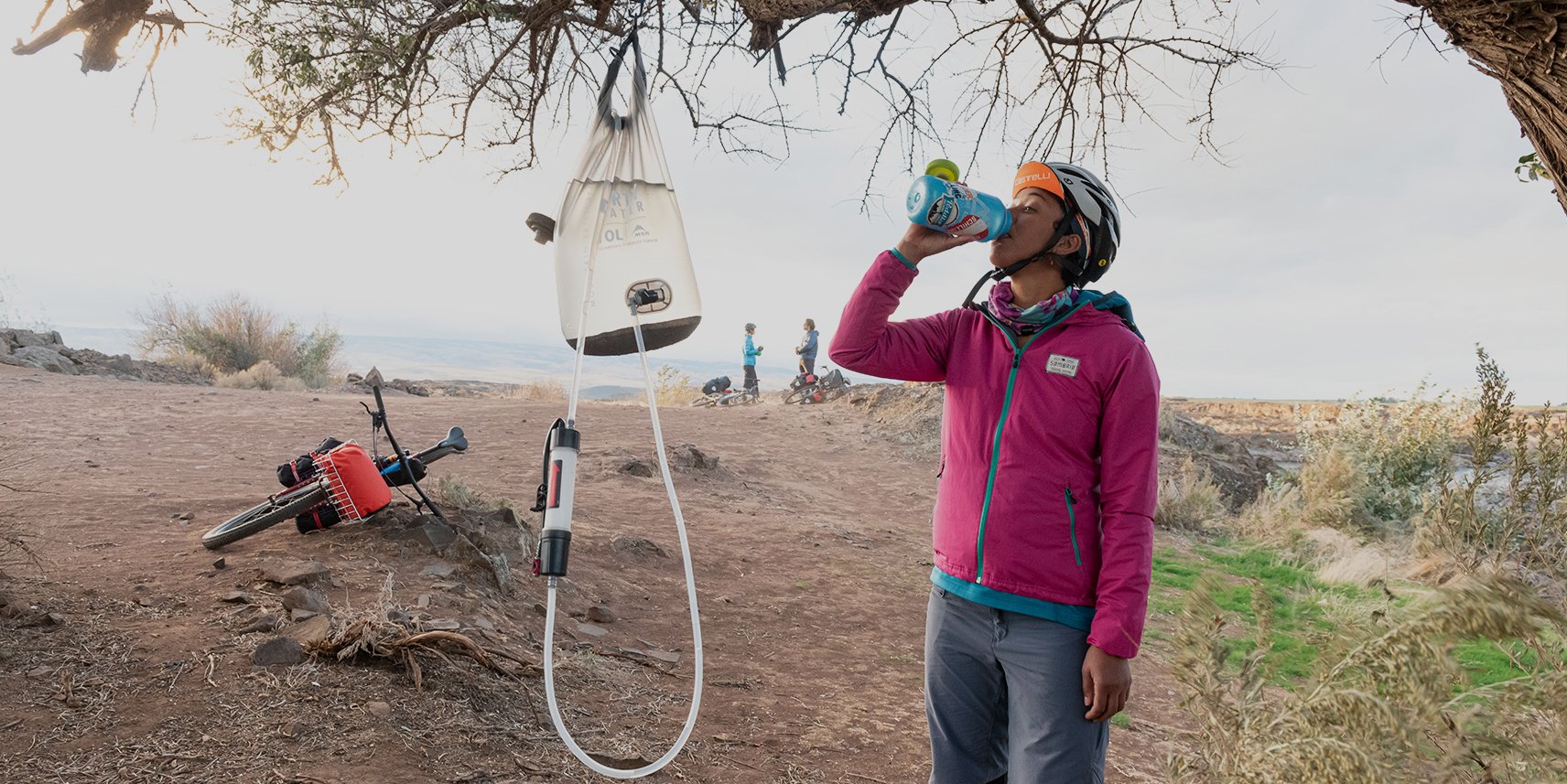
Gravity Filtration
Gravity filters are simple, fast and very easy to use. The filter mechanism is similar to pump filtration: water is forced through a matrix and contaminants are removed. Gravity provides the force to move water through the filter media, so there is no pumping required. The filter is usually hollow fiber technology, but models using glass fiber and other filter media exist.
Most effectively remove: Protozoa, Parasites and Bacteria, most do not remove viruses.
Ideal for: Backcountry Travel
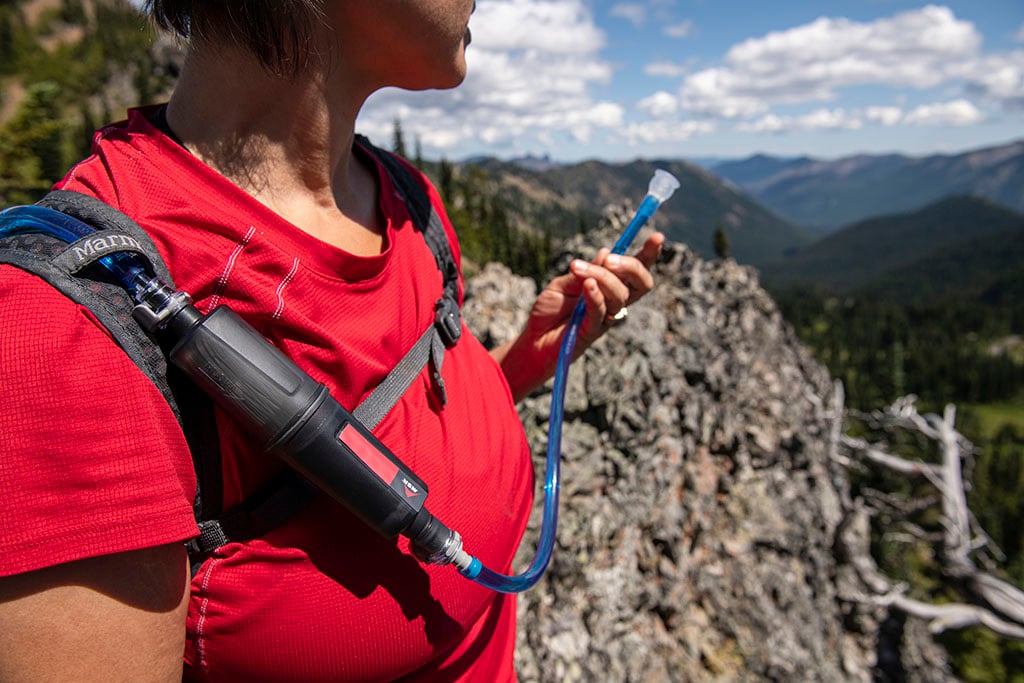
Bottle / Squeeze / In-Line Filtration
The advantage of bottle filtration is low cost and complexity – the bottle and filter are contained in one simple unit. Most have limited capacity and flow rate, making them better suited for personal use on short trips. Most of these units clean water using adsorptive media (carbon, coconut shell carbon, etc.), and some models use hollow fiber, glass fiber or paper filters. These systems may come with increased risk of contamination due to their construction.
Some models effectively remove: Protozoa, Parasites and Bacteria, most do not remove viruses. Many of these filters do not remove organisms; it is important to evaluate the technology carefully if organisms are a concern.
Ideal for: Backcountry Travel
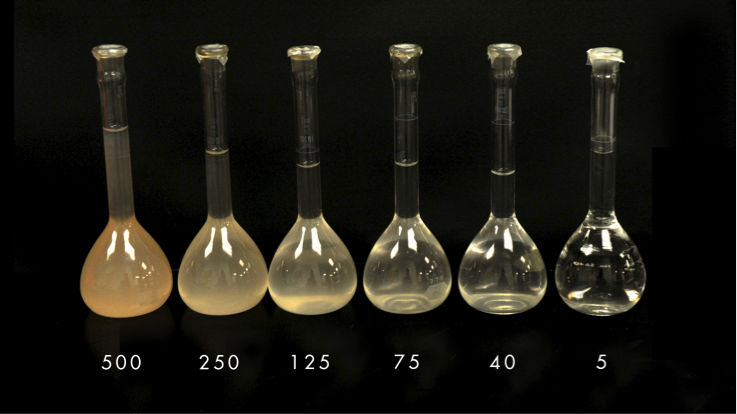
UV Light Treatment
Ultraviolet light treatments are very lightweight and compact, and are effective against viruses. They are only effective in clear water, so they are not a reliable solution in the backcountry unless a pre-filter is used.
Effectively kills or deactivates: Protozoa, Parasites, Bacteria and Viruses, in clear water only.
Ideal for: Developing World tap water, Emergency Scenarios. (Only when water collected is clear, not cloudy, tea-colored or containing particulates.)
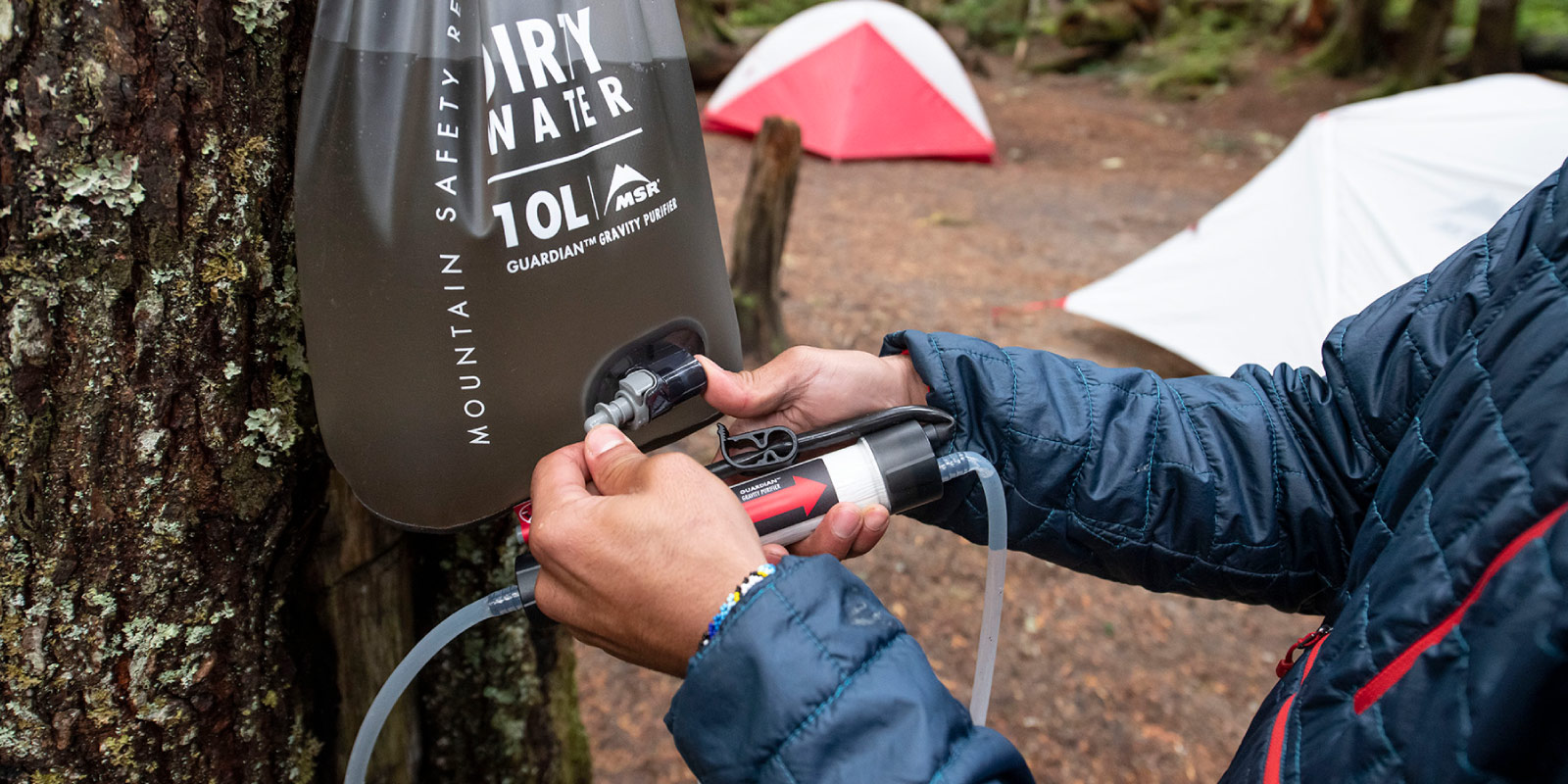
Chemical Treatment
This is by far the lightest and most compact option. Chemical treatments can be effective against protozoa, bacteria and viruses. The down side to chemicals is that they impart taste to the water and their effectiveness is reduced in cloudy water. They also require a waiting period, usually 30 minutes but up to 4 hours, before the full effectiveness is reached.
Effectively kills or deactivates: Most protozoa (some do not kill cryptosporidium; read labels carefully), Parasites, Bacteria and Viruses.
Ideal for: Developing World, Backcountry Travel, Emergency Scenarios. (Only when water collected is clear, not cloudy, tea-colored or containing particulates.)
Combination Treatment
It’s easy to see advantages and disadvantages to each of the options listed above. Depending on your needs, a combination of treatment solutions may be appropriate. Carefully selected pairings of filters, chemicals and UV treatments can effectively remove practically any waterborne threat.
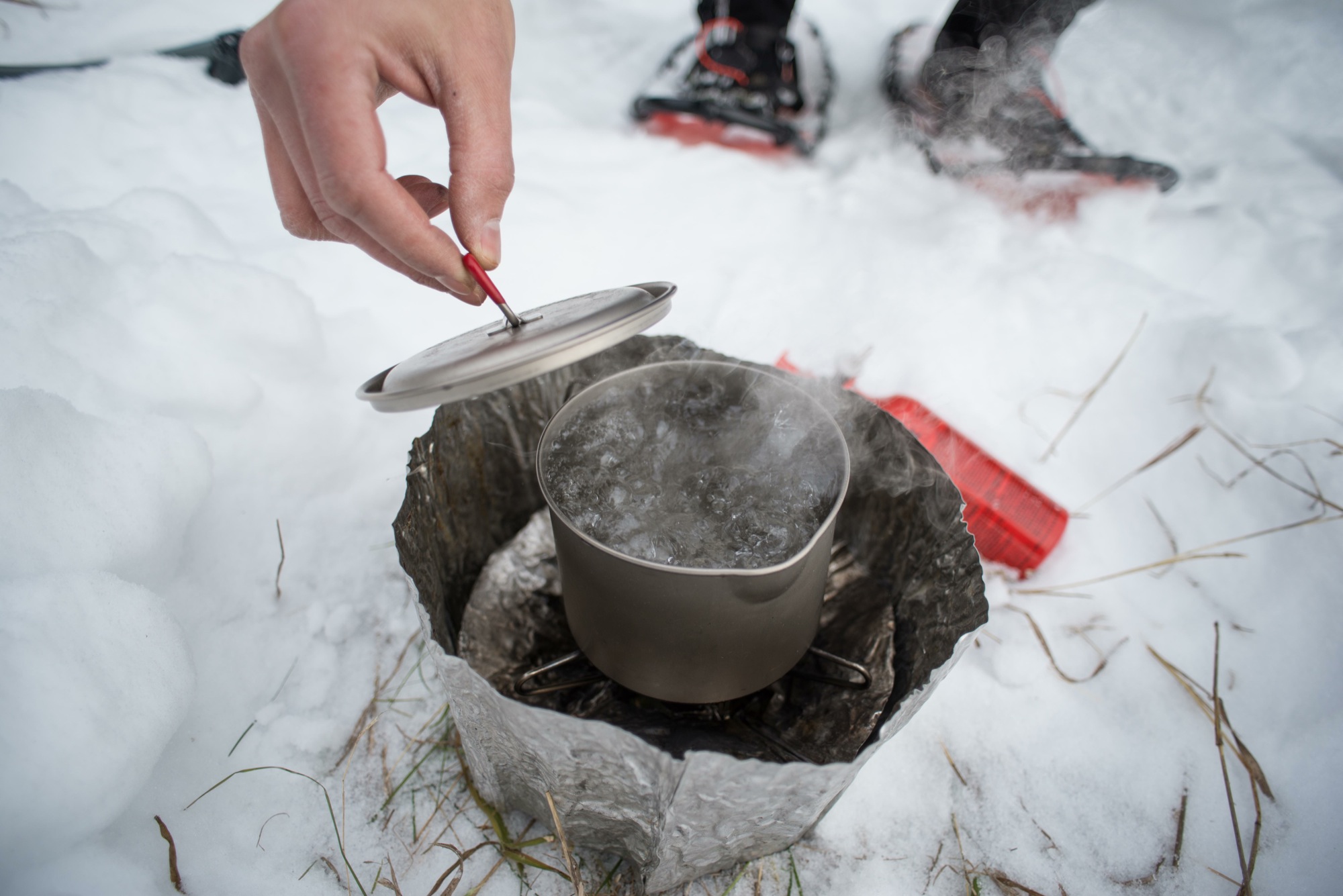
Boiling
Boiling is one of the most effective ways to purify water. Heating water to a rolling boil for one minute (3 minutes above 2000m) will deactivate all pathogens that are a risk to humans. The downside to boiling is that it does not remove chemicals and other inorganics. Boiling also requires a significant amount of fuel.
Effectively removes: Protozoa, Parasites, Bacteria and Viruses.
Ideal for: Developing World, Backcountry Travel, Emergency Use
Full Story: Comparing Water Treatment Options: Part 1 (Pumps, Gravity, In-Line Filtration), Comparing Water Treatment Options: Part 2 (UV, Chemicals, Combo, Boiling)
Mechanical Purification (a.k.a. Ultra-Filtration)
Mechanical purifiers, also known as ultra-fitlers, offer a key advantage: the ease of a microfilter with the additional protection of a water purifier. By definition, a purifier eliminates risk of bacteria, protozoa and viruses. Mechanical purifiers use medical-grade hollow fibers to physically remove the pathogens along with sediment, delivering purified, drinkable water in one efficient step. These devices currently come in the form of pumps and gravity systems. Because this technology advancement is new, quality levels of the purifiers may vary across products.
Removes: Protozoa, Parasites, Bacteria and Viruses.
Ideal for: Developing World, Backcountry Travel, Emergency Use
Full Story: Exciting Advancements in Purifiers
References:
- The scientists in MSR’s water and microbiology research lab
- Centers for Disease Control and Prevention
- Washington State Department of Health
- US EPA
- NSF International
Photos: Scott Rinckenberger, CDC, Eric Larsen and Mike Libecki
